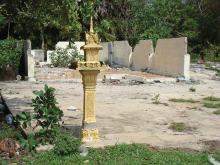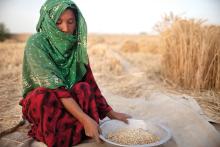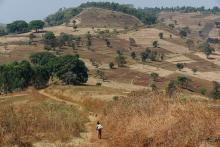Land Library
Welcome to the Land Portal Library. Explore our vast collection of open-access resources (over 74,000) including reports, journal articles, research papers, peer-reviewed publications, legal documents, videos and much more.
/ library resources
Showing items 1 through 9 of 47.Countries in Southeast Asia have been developing quickly from a predominantly rural to predominantly urban society, leading to a rapid increase in urban land. This increase in urban land has mainly occurred in river deltas and floodplains, exposing humans and human assets to flood hazard.
Arid and semi-arid regions are particularly vulnerable to global environmental change because of their fragile climatic conditions. The rapid development of land use is expected to affect aquatic ecosystems in these regions.
On the heels of the rural ‘land grab’ debate, the ongoing urban transition combined with large-scale urban infrastructure investments and land scarcity forces us to also pay more attention to issues of land in urban discussions.
This article aims to contribute to current discussions about ‘making cities inclusive, safe, resilient and sustainable’ (SDG 11) by linking debates that are currently taking place in separate containers: debates on the ‘global land rush’ and the ‘new urban agenda’.
The land reform process in Cambodia is full of examples of injustice and human rights violations. Promises to improve the situation of the landless and land-poor citizens have remained unfulfilled. Development co-operation efforts have not changed this either.
Aquaculture holds a big potential to satisfy the growing demand for aquatic food. Setting out from lessons learnt in past development projects, our author describes what fish farming systems must look like to fit the needs of smallholders and the environment.
During the last few years, the donor community has increased its efforts to reduce the large amounts of fish lost in the distribution chain in artisanal fishery, an endeavour that ought to be welcomed in principle.
Changes to land use such as the removal of natural vegetation and expansion of urban areas can result in degradation of the landscape and an increase in hydro-meteorological risk. This has led to higher interest by decision-makers and scientists in the future consequences of these drivers.
In September 2015, the Sustainable Development Goals (SDGs) are to be adopted in the context of the Post-2015 Agenda. In what way do the SDGs differ from the Millennium Development Goals? What does the community of states expect from their introduction?





